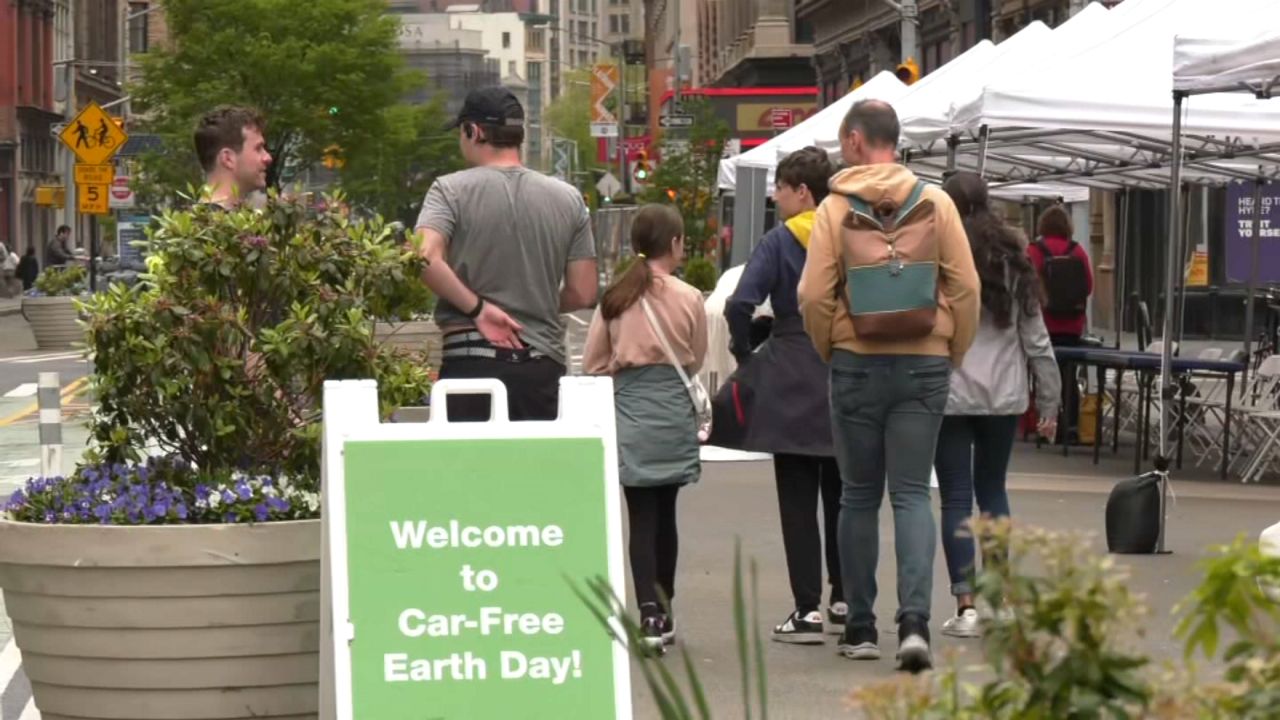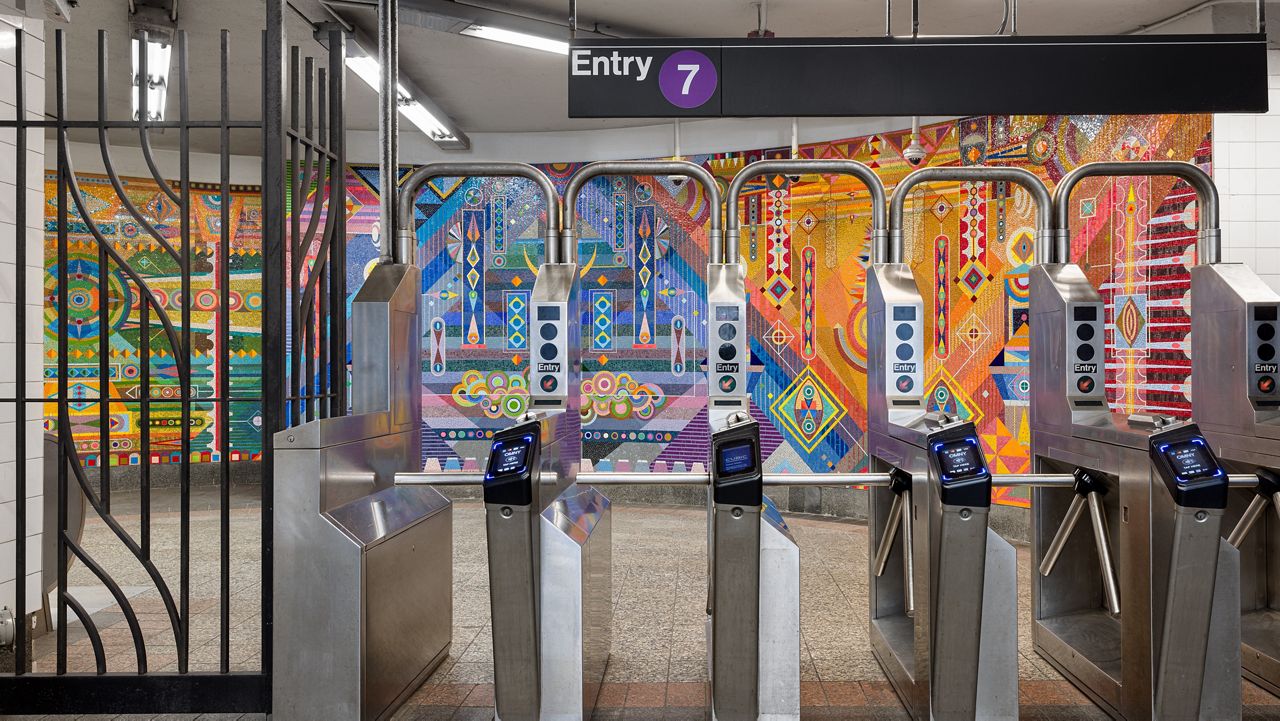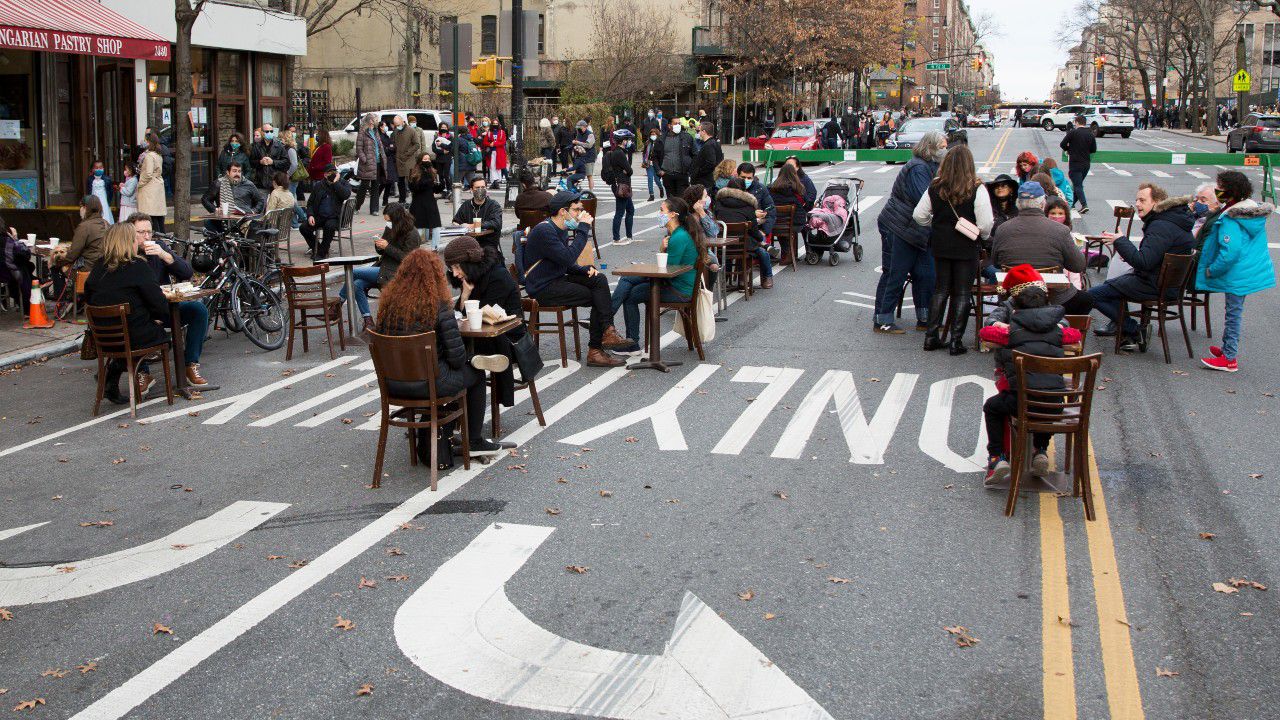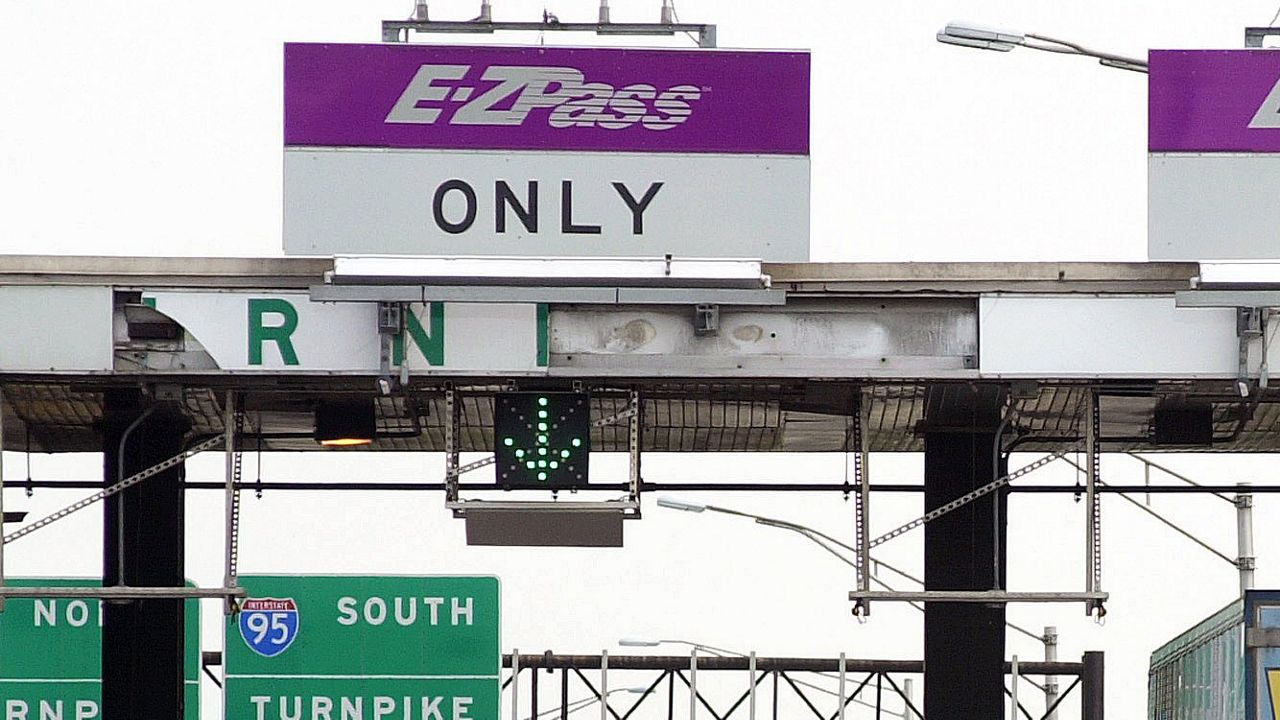Helen Murphy depends on the MTA’s paratransit program, Access-A-Ride, to get around, including to important doctor’s appointments.
But not only that, she can’t see when her ride arrives.
What You Need To Know
- Blind Access-A-Ride users require "call out and assist" when the driver gets out to help a waiting passenger walk to their car or a paratransit bus since they cannot see the vehicle
- While the MTA's Access-A-Ride program has seen record high customer satisfaction levels, around 80%, some blind users say drivers fail to assist them and they're put down as a no-show
- According to a report by the state comptroller and a Facebook group dedicated to Access-A-Ride complaints, riders seem to experience more issues with broker services, which are basically for-hire vehicles that have save the MTA money over the traditional blue and white buses
“I need to call out and assist because I’m legally blind,” Murphy said.
The Access-A-Ride driver would need to get out and help lead her to the vehicle. But she said that doesn’t always happen.
“May 16 I had an important meeting with my kidney doctor about dialysis,” Murphy recalled. “I had to cancel it because I was termed as a no-show, which was so unfair because I was outside waiting. And he did call, but I did not get the call on time. They call and they hang up right away.”
On the day NY1 visited with her, the driver got out when she exited her building.
A statement from the MTA reads, in part, Access-A-Ride has “reached record satisfaction and ridership levels in the last year precisely because of the care and concern.... from drivers and the dedicated customer service team.”
Specifically, about the May 16 incident, the MTA wrote, “The driver exited the vehicle to find the customer, the dispatcher called the customer more than once.... and despite our best efforts, we were not able to connect with the customer.“
But clearly there was a missed communication somewhere, and this wasn’t an isolated incident.
Another visually impaired Access-A-Ride passenger, James Murphy, waited even after his driver called him to let him know he was there.
“I had to call again, the driver, to see where he is, and he said he’s right here and so he says he’d come get me,” Murphy said. “So I’m waiting.”
The driver did eventually come to get him, but it took more than five minutes.
Riders only have a five-minute grace period before they’re put down as a no-show, which Murphy said has happened because of drivers not coming out to get him.
“And I’ve missed appointments because of it too,” he said.
Paratransit’s on-time performance hovers at approximately 90%. On-time means the bus or car arriving within 30 minutes of the scheduled time.
A Facebook group dedicated to riders’ complaints seems to point to more issues with what’s called broker services. Those are large for-hire vehicle service providers who contract with the MTA, which has saved the program money.




_PKG_Access-A-Ride_CG?wid=320&hei=180&$wide-bg$)




